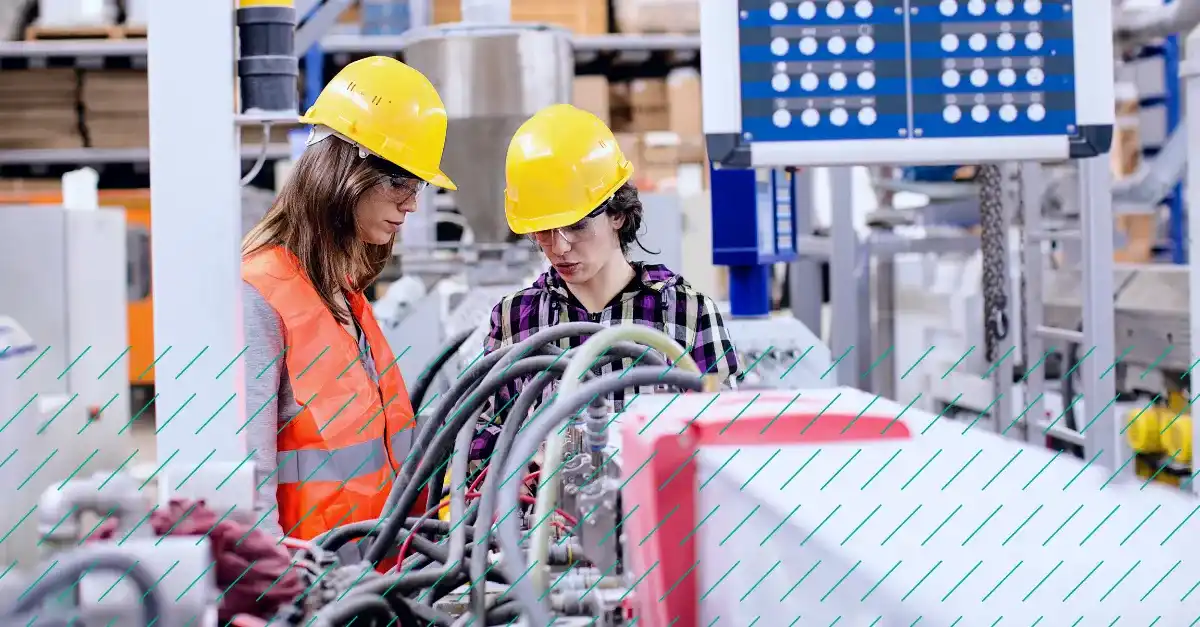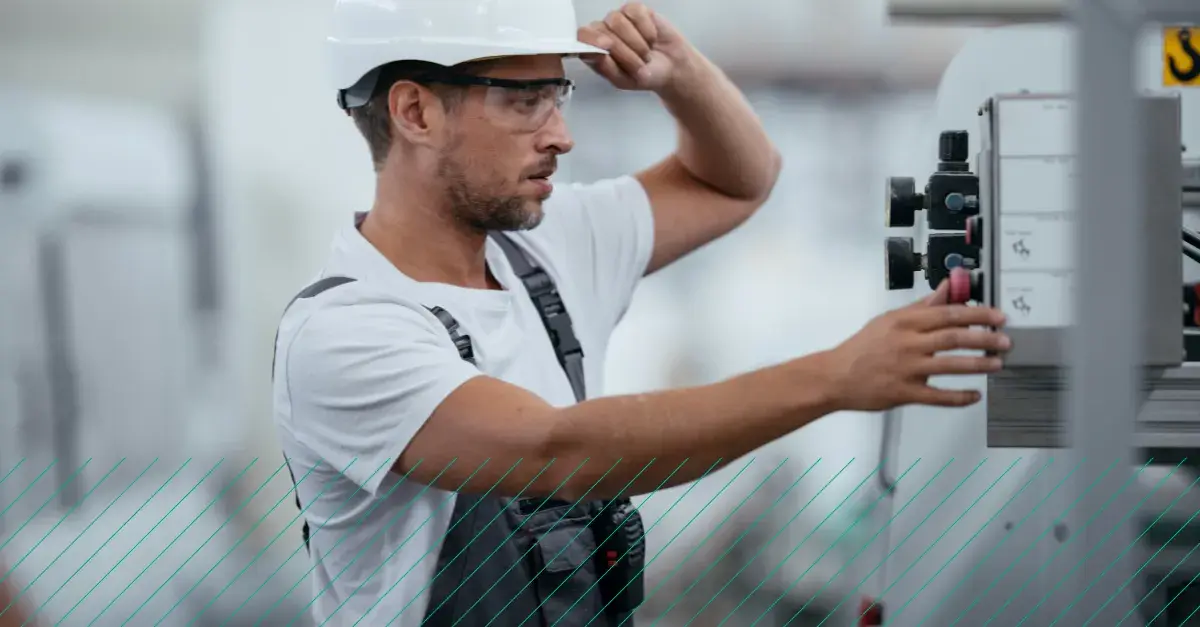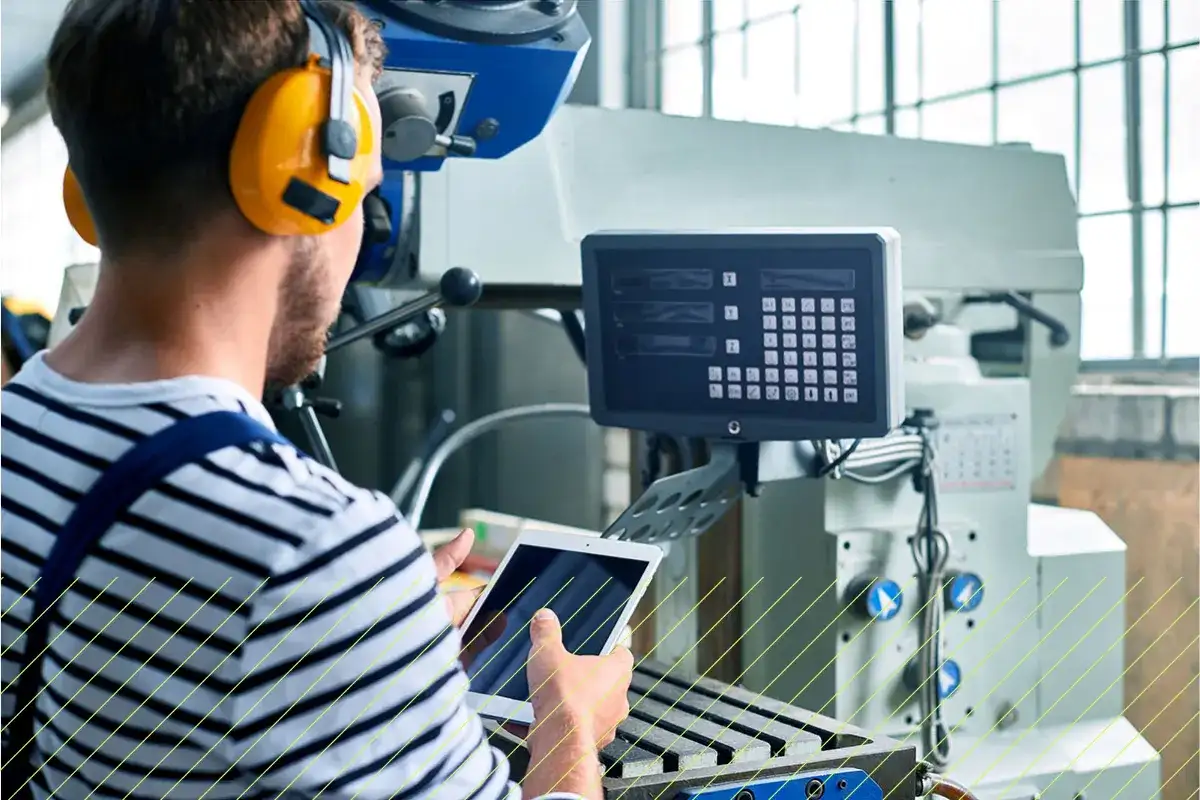

Six Steps to Reduce Production Waste with Standardization.
Discover 6 steps to reduce production waste through standardization to increase product quality, lower costs, and create sustainable impact.
Since the onset of industrialization, companies focused on production want to reduce waste. This fact has generated entire industries focused around lean manufacturing, kaizen initiatives, and radical changes in how we think about efficiency.
Although impossible to eliminate completely, reducing the amount of production waste in your operations has a number of distinct benefits - even besides the obvious financial implications.
Less waste means:
- Better products
- Less raw material consumed per product
- Lower costs
- A more sustainable impact on the environment
In our modern era, consumers expect companies to demonstrate a positive change in terms of sustainability. One concrete method is to reduce production waste. A high impact way to do this is introducing standardization into the production process.
Find out how you and your frontline workers can reduce production waste with standardization with the 6 steps below.
Production waste takes many forms.
Essentially, anything that isn’t adding value to the product for the customer’s benefit is production waste.
Instead, it’s consuming:
- Energy.
- Time.
- Raw materials.
- Human resources.
When you think about production waste, it’s usually overproduction that comes to mind first. But there are in fact seven types of wasteful practices that can sneak into your end-to-end production processes.
1. Transport.
2. Inventory.
3. Motion.
4. Waiting.
5. Overproduction.
6. Overprocessing.
7. Defects.
Want to learn about them in detail? Check out the blog post here.
Production waste primarily refers to manufacturing processes, but many of the waste types may apply to other products or services where people need to perform tasks correctly. Think of the unnecessary ‘motion’ or inefficiencies that lead to unplanned downtime in any frontline environment.
For example: a vehicle assembly technician needs to perform an unfamiliar procedure. She’s unsure of the materials she needs, so she walks to her colleague’s desk to ask. This used valuable time that she could have spent on her normal workload. If she has to do this 5 times a shift, it costs her valuable energy.
Anywhere there are people working on the frontline, there’s waste to avoid.
The good news is that standardized processes are a true powerhouse for tackling all types of production waste.
.png?width=500&height=500&name=Kaizen%20Standards%20(3).png)
6 ways that standardization reduces production waste.
1. Clarity empowers.
To start with the most important - standardization creates clarity for your frontline teams. Precisely defined processes offer the clear view that allows all benefits of standardization to be added on top.
Taking the time to clearly map each individual production step and proccess gives control and helps identify areas of possible waste reduction. It also allows your teams to clearly translate processes into discrete steps, which empowers the creation of better SOPs.
2. Predictability makes you lean.
Clear processes improve your planning capabilities for the work done by frontline workers. They can do more in the same amount of time.
The trickle down effects of efficient, well-instructed frontline workers translate to better logistics and stock management in a production environment. Raw materials are more easily planned, and shortages easier to predict. With fewer surprises and streamlined logistics, you might require a lower stock level overall.
3. Consistency generates quality.
Compliance and quality control become no-brainers with standardized SOPs in place. Consistency is the natural result of fixed, predictable processes and helps avoid unplanned downtime and product defects caused by human errors.
Higher product quality not only avoids waste during production itself, but also leads to fewer product recalls - each of which has the potential to cost millions of dollars.
4. Knowledge is power.
Capturing the knowledge from your best and most experienced workers in optimized SOPs raises everyone to their level.
Even with employee turnover, you’ll retain operational knowledge and can easily share the lived experience codified in each standardized process. Instructions and best practices are ready and easy to pass on. Even the newest trainee and seasonal worker can be counted on to perform their job correctly and reduce production waste to the highest degree.
5. Flexibility withstands change.
Frontline workers are empowered through well-defined SOPs and become more confident.
They make it easier to adapt to changes in production processes without missing a beat, or even rotate employees when circumstances change, enabled by clear processes and instructions. You can be confident that no matter who is performing a task - they’ll have the right knowledge to do the job.
6. Circular manufacturing enabled.
Standardization strengthens companies on the road to circular manufacturing - the gold standard of waste-free, sustainable production.
It’s hard to achieve as a great many elements must come together. Standardization lets you incorporate and communicate the high standards and expectations of your company. You can zoom out and analyze anything from your packaging to third-party expectations.
Your sustainability goals are part of your product, and send a clear message to your customers.
Standardization for your processes, and our future.
Reducing production waste is better for the Earth, which is an essential benchmark for the production industry. But the reduction of waste also has a very real impact on product quality and the long-term satisfaction of customers. Ultimately, it’s about people - your stakeholders, your frontline workers, and your customers all get what they need.
Production waste is reduced with standardization and everyone benefits from its excellent side effects. What’s not to love about that?
👉 Webinar: Sustainable Profitability. How to Leverage Circular Economy Principles in Your Operations.
👉 Introduction to Impactful 5S Standard Operating Procedures.
👉 Learn more about Standardization in Manufacturing.

Author
Revisions
It's time to simplify frontline training
Work instructions, checklists, and skills management - all in SwipeGuide
- Cut training time by 50%
- SOC I and II compliant

-1.png?width=774&height=404&name=quality%20improvement%20in%20manufacturing%20(3)-1.png)

